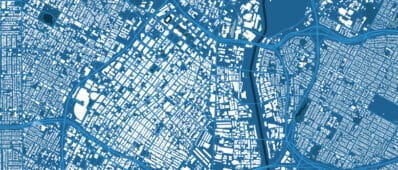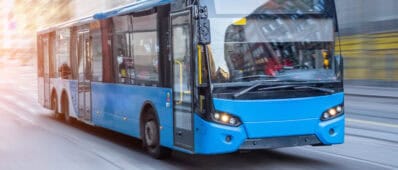Project Summary
A growing consensus among economists and economic geographers suggests that America’s most constrained housing markets, and in particular the constrained housing markets on California’s coast, impose high costs not just on people in those markets but on the nation as a whole, by inhibiting migration and placing a drag on productivity. Strict zoning regulations prevent people from moving to areas where they would be most productive, imposing costs that are quiet and atomized but that collectively are large. Despite gaining increasing attention in the last ten years, parking requirements remain relatively overlooked in the literature on land use restrictions. Existing attempts to quantify land use restrictiveness do not measure the stringency of minimum parking requirements, even though parking requirements are often the binding constraint on dense development. The research team proposes examining the relationship between minimum parking requirements, urban land markets, and travel behavior, using Silicon Valley as a case study. The team will specifically examine how minimum parking requirements:
Shape the locations and characteristics of new development,
Distort the location of firms and weaken agglomeration economies, and
Make driving less expensive.
The research team will conclude the assessing the political possibility for parking reform in Silicon Valley.












